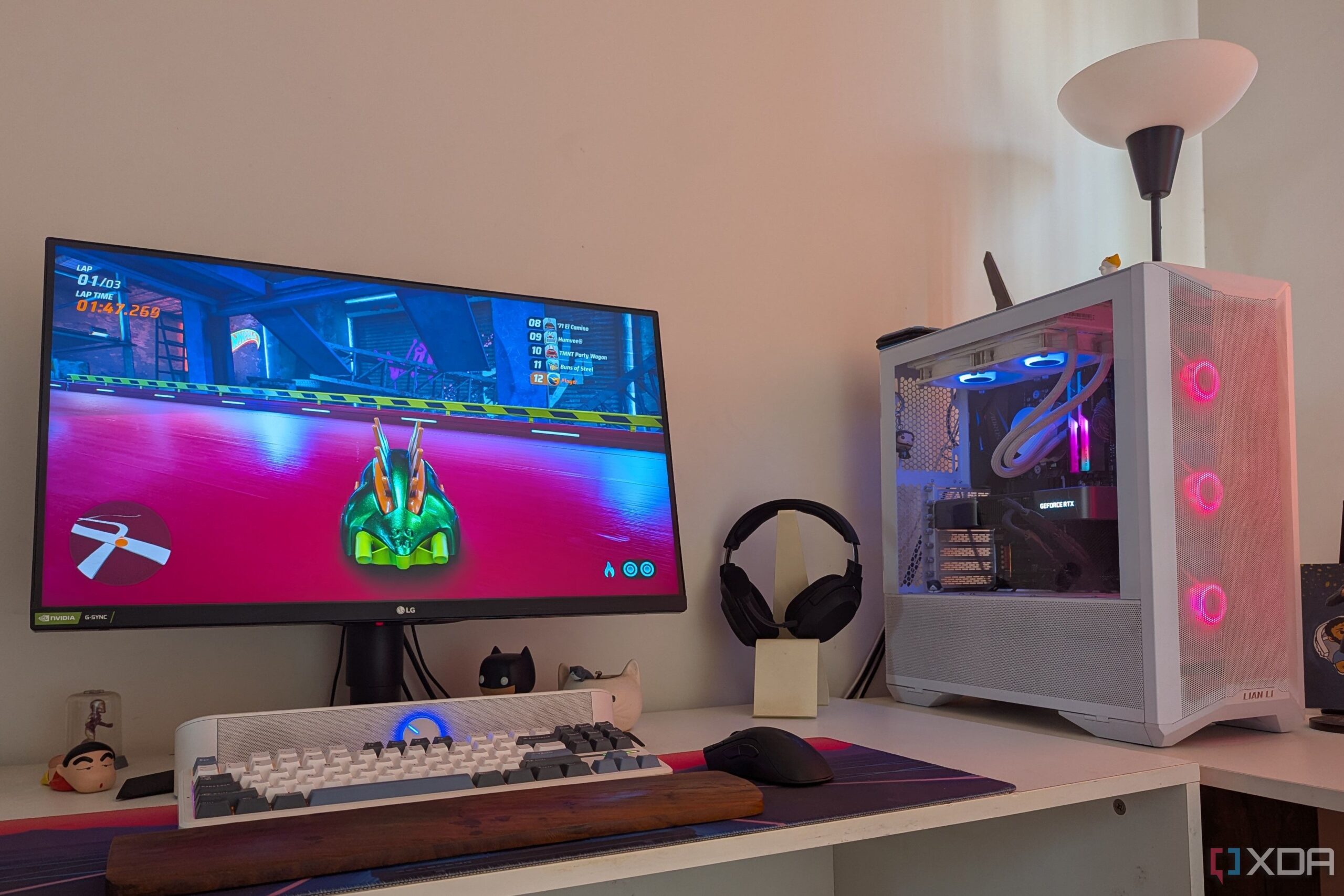New reports confirm that the latest advancements in PC hardware are causing a stir among gamers and tech enthusiasts alike. With innovations like 500Hz monitors, Wi-Fi 7, and PCIe 5.0 SSDs hitting the market, many are questioning the true value of these so-called “next-gen” technologies. As of October 2023, the tech community is divided on whether these upgrades really enhance the gaming experience or if they’re simply marketing ploys.
The push for ultra-high refresh rates, such as 360Hz and even 500Hz displays, has been met with skepticism. While these monitors promise “high fidelity,” the reality is most gamers are content with 144Hz displays. The focus has shifted towards image quality, responsiveness, and size, rendering the highest refresh rates less impactful for the average user. Additionally, as GPU technology struggles to keep pace, gamers are finding diminishing returns on investing in these new displays.
Meanwhile, Wi-Fi 7 is being marketed as the ultimate solution for connectivity issues. However, many users still rely on wired connections, and the existing Wi-Fi 6E standard caters to most needs. With significant portions of the population still using Wi-Fi 5, the leap to Wi-Fi 7 appears premature. As ISPs lag behind in providing the necessary speeds, and with Wi-Fi 8 already on the horizon, the urgency for Wi-Fi 7 adoption is questionable at best.
In the realm of storage, PCIe 5.0 SSDs are under scrutiny. Despite their impressive sequential speeds, many users are finding little to no advantage in real-world applications. As gamers focus on DDR5 memory and high-performance GPUs, the need for Gen5 SSDs remains unclear. Experts point out that these drives tend to generate excess heat and often require substantial upgrades to existing systems.
AMD’s Ryzen X3D CPUs have made waves for their gaming capabilities but only deliver significant performance boosts when paired with high-end graphics cards. For gamers with a mid-range setup, upgrading to a Ryzen X3D may not yield the expected results, particularly when playing at 4K resolutions, which tend to be more GPU-dependent.
Lastly, the ongoing debate around ray tracing technology continues to frustrate gamers. Despite its introduction with Nvidia’s RTX 20 series in 2018, many still question the performance trade-offs associated with enabling this feature. A growing number of gamers are prioritizing immersive gameplay and storytelling over marginal gains in lighting effects.
These developments highlight a critical moment for the PC hardware industry. As technology races ahead, the question remains: are these latest innovations truly beneficial, or are they simply enticing distractions?
As the tech world watches closely, industry experts and consumers alike are urged to evaluate their needs before jumping on the newest trends. The impact of these upgrades may not be as profound as advertised, leading many to reconsider their purchasing decisions in this fast-evolving market.
Stay tuned for further updates as this story develops, and share your thoughts on whether you see value in these next-gen technologies.
